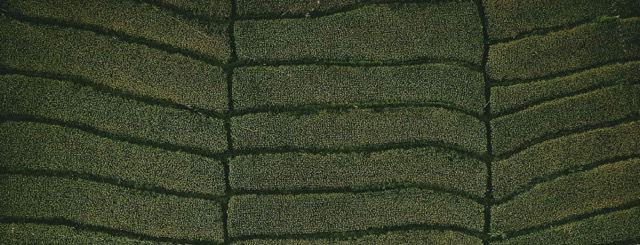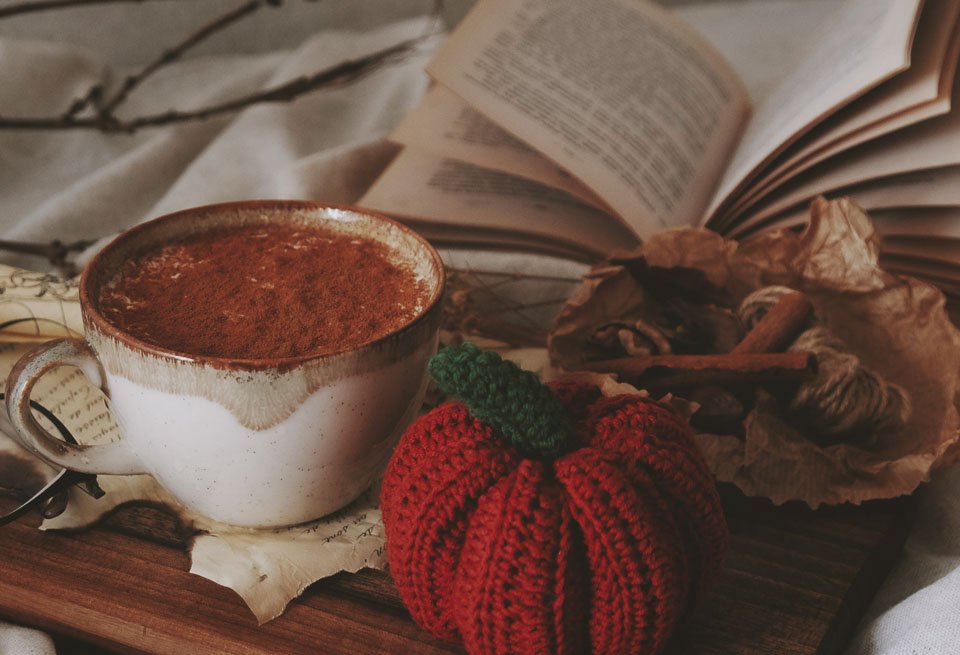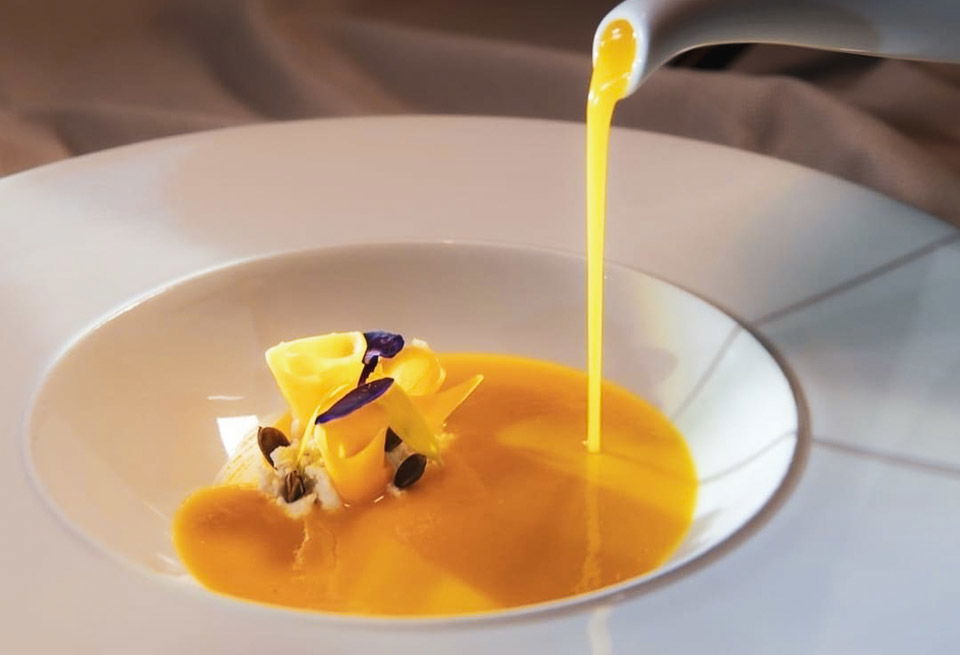
About Tea
A brief history of tea
Tea is one of the oldest and most valued beverages, and in terms of popularity it comes right after water. Drinking tea has long been an important part of Chinese culture. According to a Chinese legend, Chinese Emperor Shen Nong first produced tea by sheer chance in 2737 B.C.
Emperor Shen Nong was a scientist and herbalist and at the same time a creative supporter of the arts.
Among other things, the Emperor believed that drinking boiled water contributes to better health, so according to his decree, his subordinates and servants had to boil water before consumption for hygienic reasons.
Once on a Summer day, when the Emperor was traveling to a region far away, he and his entourage stopped to get some rest. The servants started to boil the water for their skilled leader and his subordinates when the dry leaves from the nearby Camellia bush fell into the boiling water. The Emperor was intrigued by the newly made beverage because it had a pleasant aroma, so he drank it and discovered that it had a very refreshing taste and a pleasant aroma. He annunciated that the beverage strengthens the body.
This was the moment when tea was invented.
However, it was considered a medical drink. It wasn’t until 300 that tea became an everyday beverage.
Up until the times of the dynasties Tang and Song had tea no influence on Chinese culture and tradition. By the middle of the Tang Dynasty around the year 780 the scholar Lu Yu published the first book about tea - Cha Ching, based on a twenty-year-long research. This book contained information about growing and processing tea plants, as well as tasting and preparing tea. His research contributed to the popularity of tea in the whole of China and we can clearly say, that this was the moment when the culture of tea drinking was born.
The Emperor from the Song Dynasty greatly contributed to the spread of the custom of tea consumption. He enjoyed drinking tea to the extent that he gave it as a gift only to those who were worthy of it. At the same time, tea was the inspiration for many books, poems and paintings, which popularized it and raised its value.
Between the Yuan and Qing Dynasties, tea production technology was continuously improved so that it became simpler and the flavors more pronounced. At the same time, teahouses and institutions related to tea consumption were opening all over China. By the year 900, tea drinking had spread to Japan, where the ceremony of tea drinking - Chanoyu - was created.
In Japan, tea and the ceremony around it have been elevated to the level of an art that requires years of study. Unlike the Japanese, the Chinese see drinking tea as an after-meal treat or a beverage served when guests arrive.
Europe became familiar with tea around 1600, and the British in 1669. At that time, tea was enjoyed only by the aristocracy because a pound (a little less than ½ kg) of tea costed 9 average workers' wages. The British began to import tea in larger quantities in order to meet the growing demand, and thus it became the most important commodity in trade with China. As the trade in tea increased rapidly, it became more and more affordable for all classes of people.
The word "tea" is derived from an ancient Chinese dialect. Words such as "Tchai", "Cha" and "Tay" were used to describe the tea leaf and the beverage itself.
The scientific name of the tea plant is Camellia sinensis (Acacia family) and it is indigenous to China and parts of India. The tea plant is an evergreen shrub that produces a fragrant white flower with five petals and is related to the magnolia. Tea is obtained from young leaves of the tea tree. There are two main types of tea plants in cultivation: Camellia sinensis sinensis, a Chinese plant with small leaves, and Camellia sinensis assamica, an Indian plant with large leaves. Hybrids of these two species are also cultivated.
What we call "herbal tea" is not actually tea because it does not come from the tea tree, but contains a mixture of flowers, fruits, herbs and spices from other plants.
Today there are more than 1,500 types of tea. The tea tree is grown commercially in more than 25 countries around the world. China is one of the main producers of tea, and tea remains China's national drink.
Latest Recipes
We bring you tried and tested recipes of our favorite dishes, culinary tips, and suggestions on how to best combine spices and ingredients for a complete sensory experience.

Pumpkin spice latte - The finest coffee with pumpkin flavor
Welcome the first days of autumn with the finest homemade pumpkin spice latte drink bursting with the scents and aromas of autumn.

